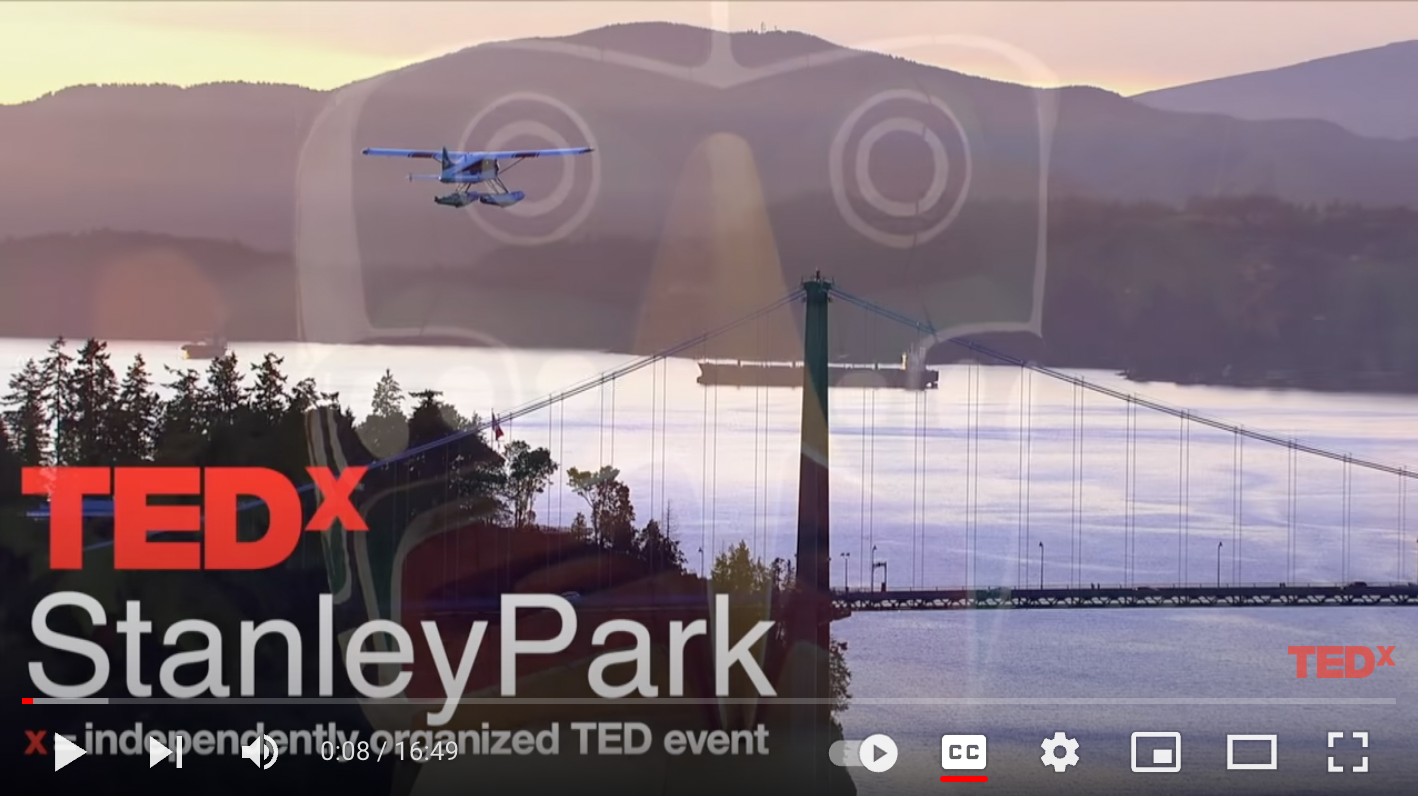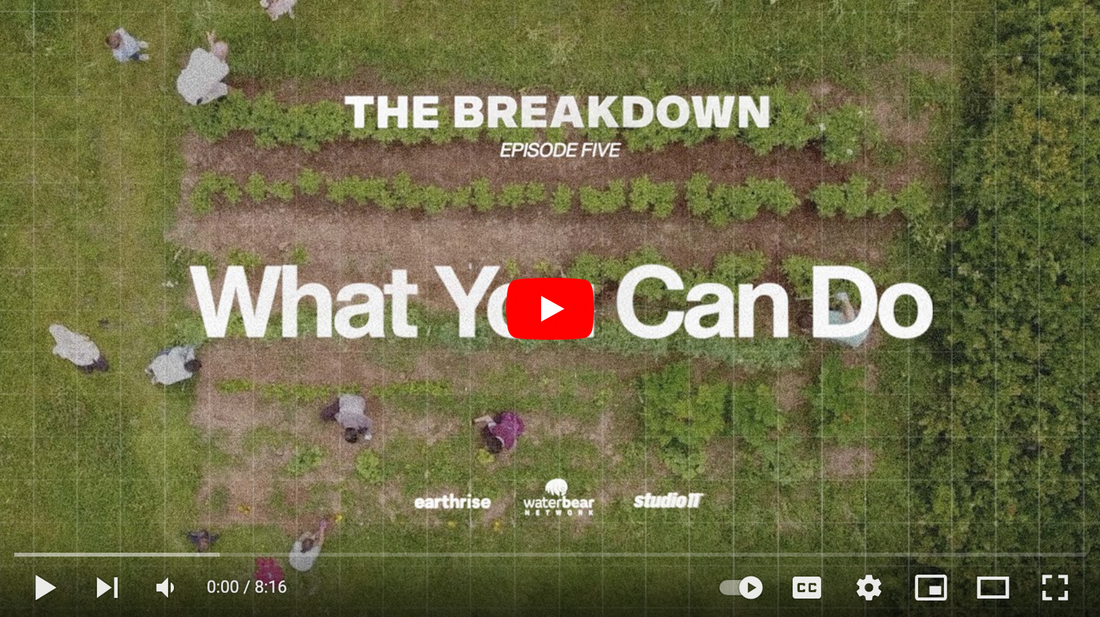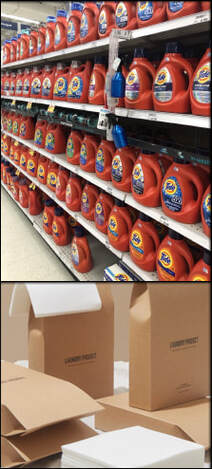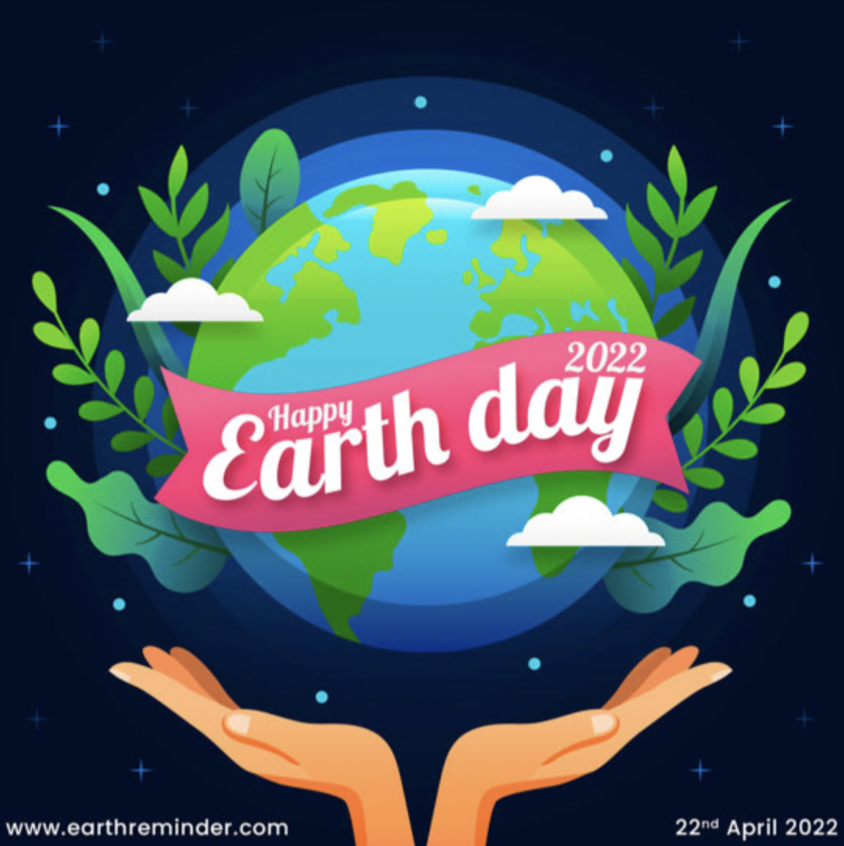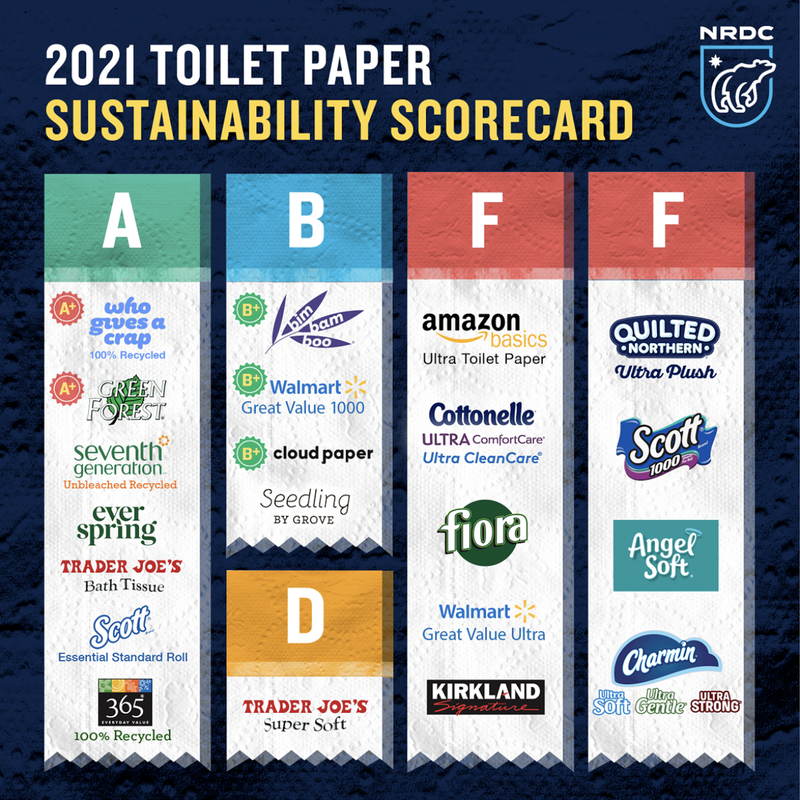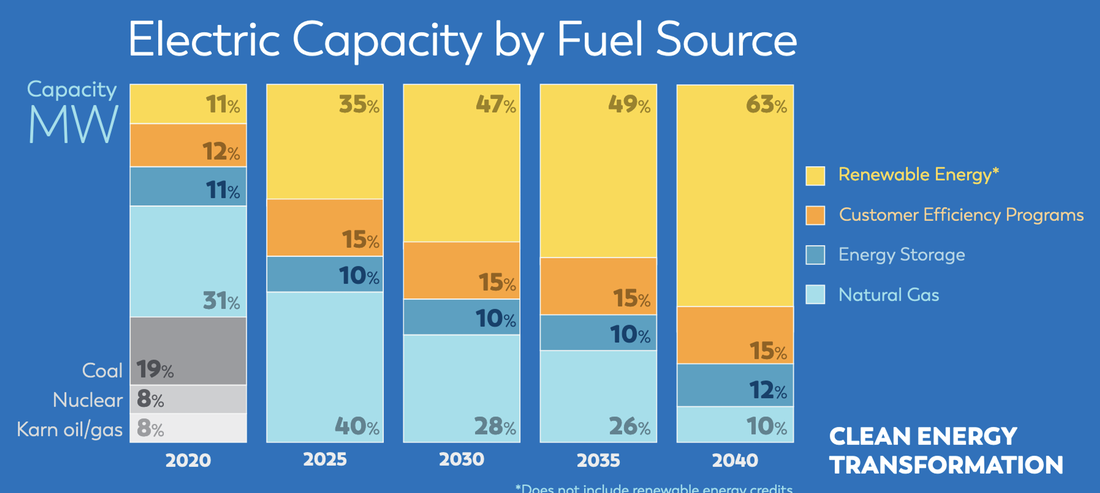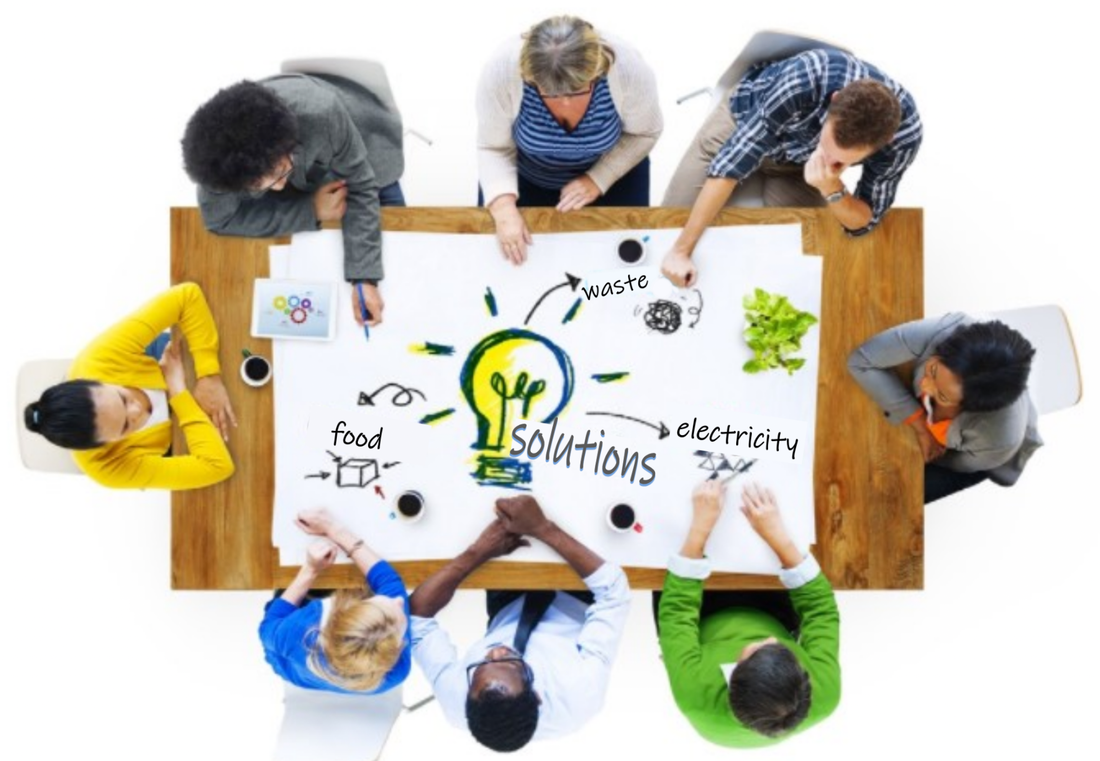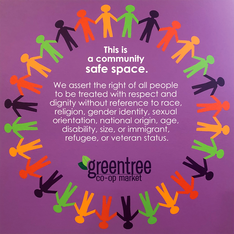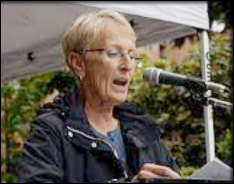We encourage each of you to make an intention and then, preferably, make it public by writing it on our Intention Posters in the Fellowship Hall. Throughout this “season,” we will hopefully be able to share what each of us is accomplishing to meet our intention! Please join in our efforts!
2023 Hispanic Heritage Month Materials
2023 Indigenous People Day Materials
